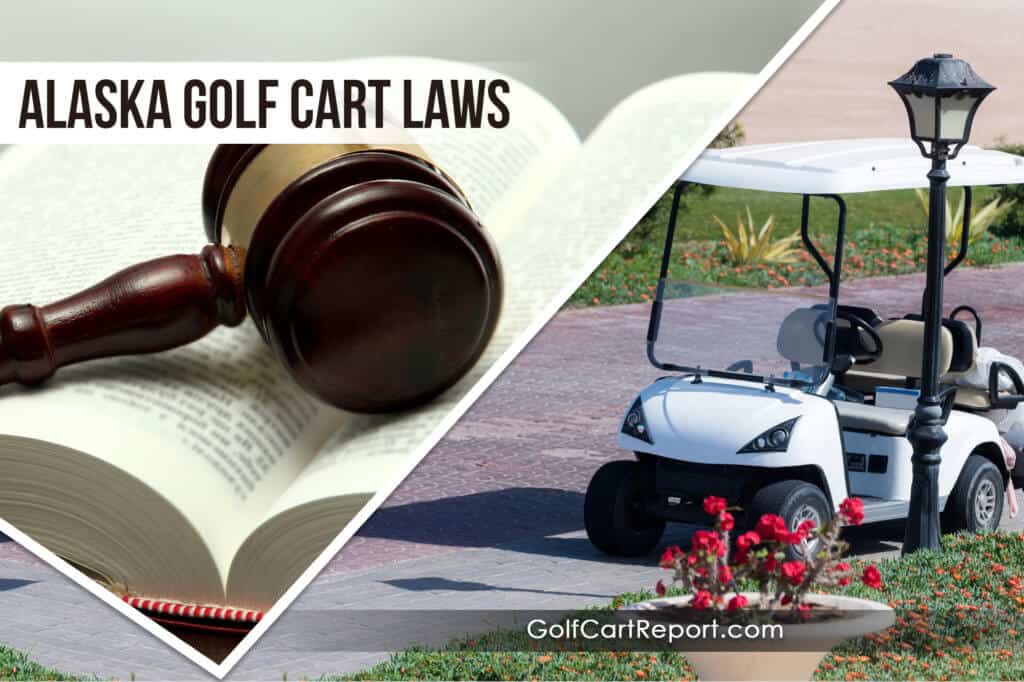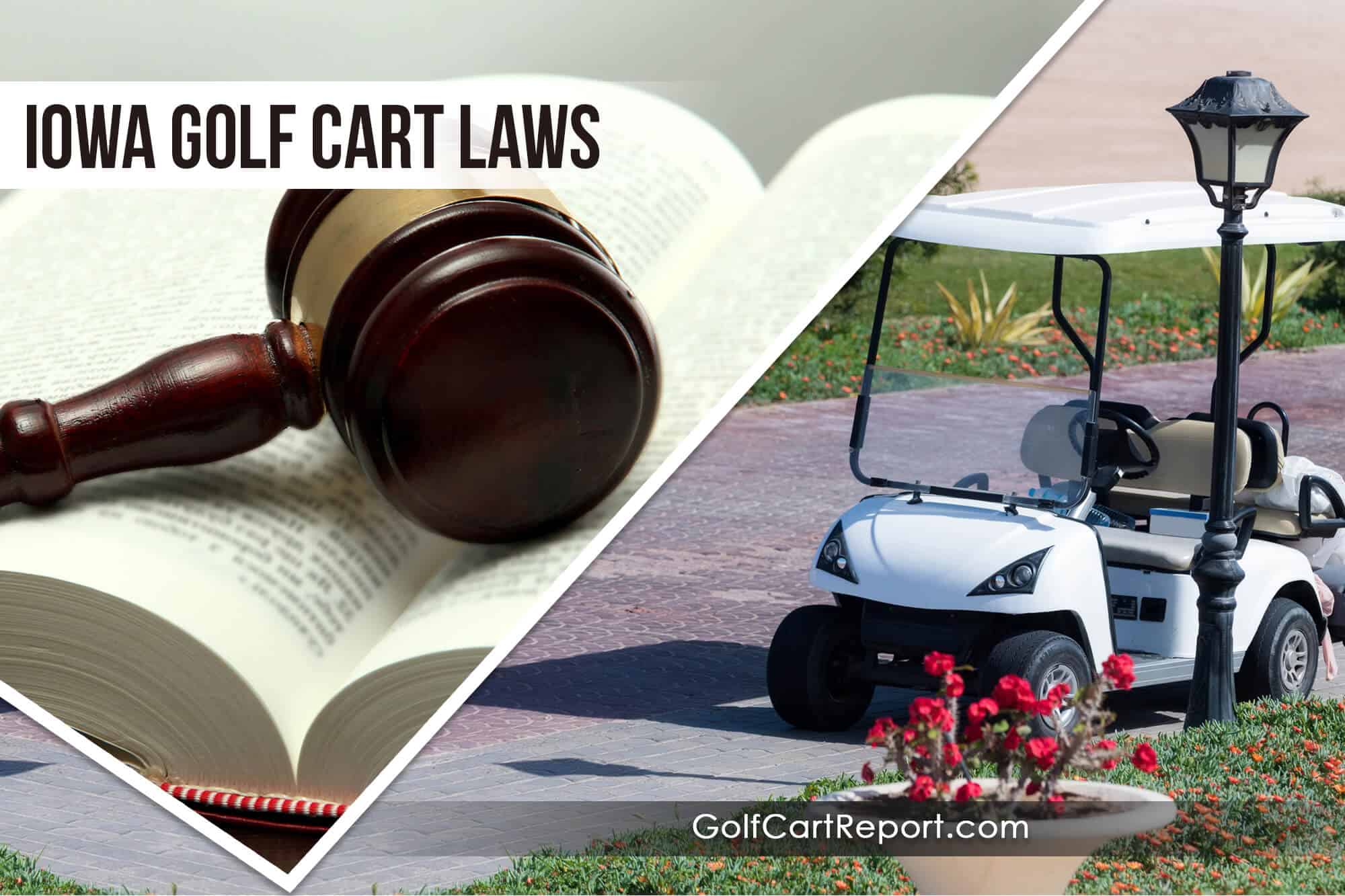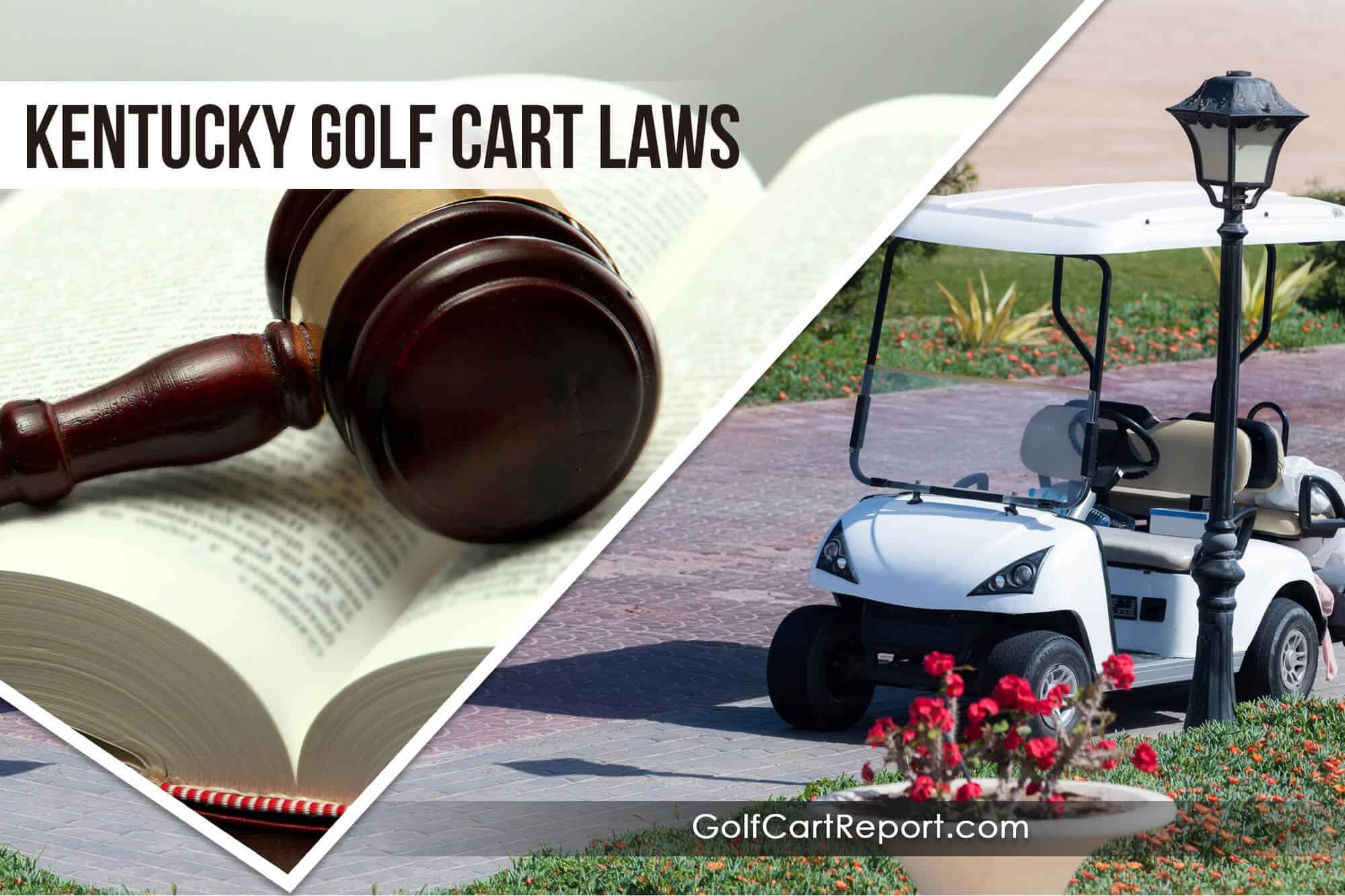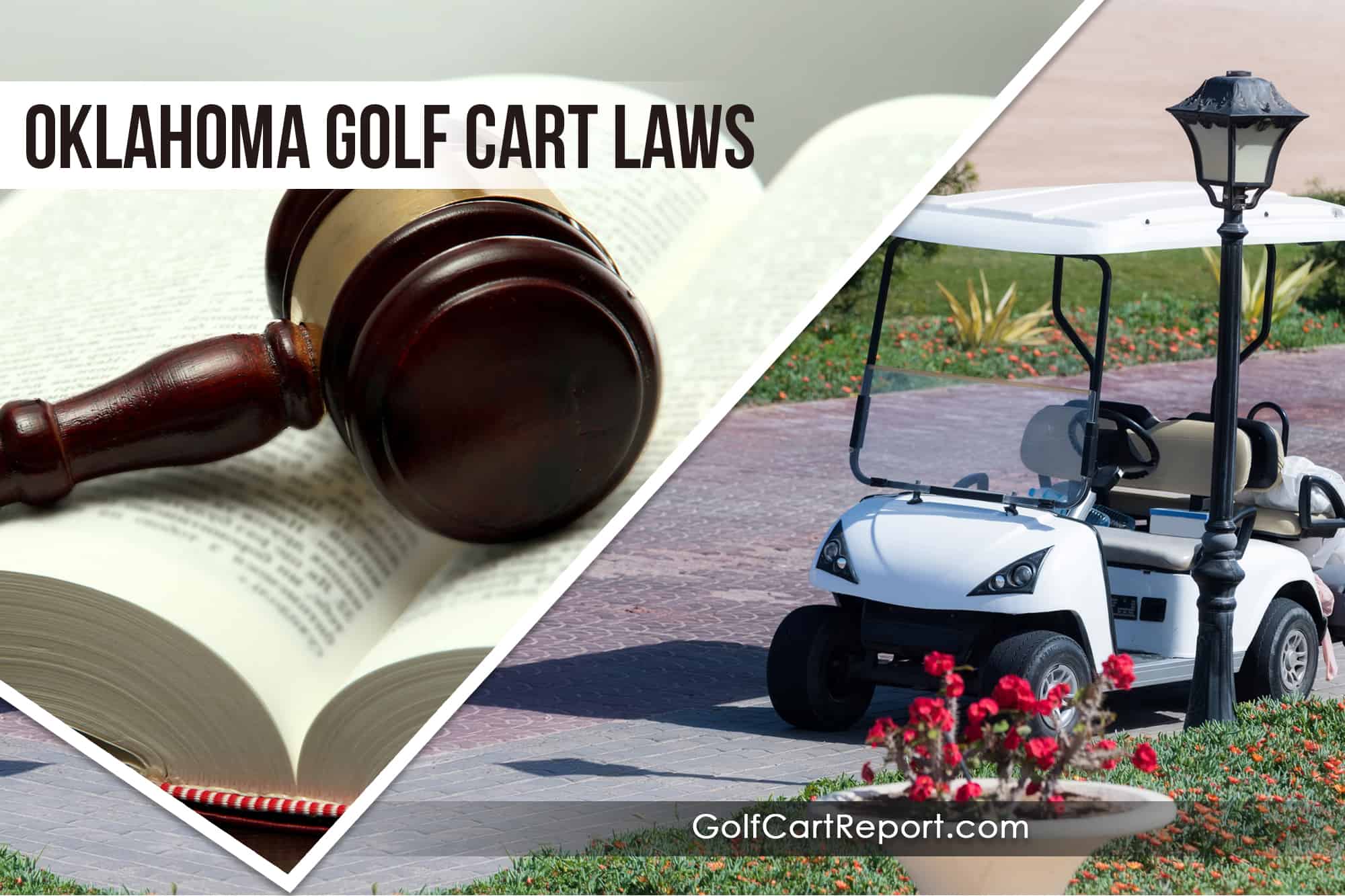Alaska Golf Cart Laws
Alaska is a unique state because its distance from the rest of the United States of America often makes its state laws much different than those in other areas.
In some cases, state laws may have more of an impact on the day-to-day lives of residents than federal laws.
The same is true for golf cart use.
The federal government typically leaves such rules and regulations to the state, which makes it crucial to take this information into account before you start your upgrades to a cart.
Alaska Laws Regarding Cart Use
Alaska state law currently does not go into great detail regarding golf cart use on public roads.
However, the laws do currently have various regulations for certain types of vehicles, particularly those designed for more off-road purposes.
These rules are important to take into account if you want to change up your cart to use on public roads.
Though state laws are imprecise, this information should help you stay within proper legal bounds when riding your golf cart on the city or state roads.
Definition of a Golf Cart
Alaska’s state laws currently do not define golf carts specifically for riding on public roads.
However, state law does strictly define motor vehicles as “any vehicle which is self-propelled except a vehicle moved by human or animal power” or “an electrical motor vehicle” that is used as an “electrical personal assistive mobility device” that uses a self-balancing system and two or more non-tandem wheels that transport only one person.
By these laws, golf carts qualify for the first but not the second element.
Further reading of the Alaska Administrative Code makes it clear that golf carts are, very likely, considered off-highway vehicles.
These vehicles are defined as those vehicles incapable of reaching high levels of speed and which are not designed for highway use.
All vehicles of this type need a permanent seat on which the driver can sit and which is designed to manage safety for all riders on the cart.
However, municipal rules may vary depending on what specific cities or counties signify.
These laws do not supersede state rules and must take them into consideration when controlling carts on various Alaskan public roads.
Private roads or cart use on private property is up to the owner of the property to manage, though legal ramifications for accidents or injuries will fall on their shoulders when they occur.
Municipal Laws May Vary
Although state laws are not specific when it comes to golf cart use, many cities and counties have specific regulations to control them.
These rules will vary depending on the area and can be quite precise.
Therefore, it is important to investigate your specific city or municipality when modifying a cart for road use.
A failure to do so could result in legal issues that would otherwise be easy to avoid for you and others on the road.
For example, the municipality of Skagway created a variety of rules and regulations regarding the use of golf carts on local roads.
They do not set restrictions or rules for cart use on state laws, so it is important to keep off of these streets because it is likely illegal to utilize such carts on state roads.
These regulations do not set a strict definition for golf carts but assume a specific definition.
Many of these rules are important for renters as well as cart renting agencies to fully understand.
Basic restrictions include having a valid driver’s license from the State of Alaska.
However, carts on municipal roads also need to be upgraded to enhance their power and safety.
For example, they need at least one seat belt for each occupant in the cart.
Driving more people than the cart has seat belts is dangerous and illegal.
Importantly, these rules restricted where carts could be used on the streets of Skagway.
These included only a handful of roads throughout the town and through various alleys.
Upgrades to the cart included not only the previously mentioned seat belts but horns, turn signals, brake lights, headlights, tail-lights, brakes, throttles, and mufflers.
These restrictions also forbid driving on railroad tracks or on private property without permission from the owner of the property.
Drivers must also pay attention to a few rules that may seem strange at first.
For example, all crossing must be done at a 90-degree angle to the direction of the street the cart is crossing.
This rule is designed to keep carts from crossing multiple lanes of traffic, which could be dangerous for both the cart driver and others on the road.
Speed restrictions range to about 15 miles per hour, which is typically easy to top by most modified carts.
And all riders under the age of 18 must wear protective helmets at all times.
Federal Golf Cart Laws
Helpful Links
Disclaimer
Even though our guides are thorough and researched, it is highly recommended that you perform your own research and check with your local municipality on rules as well.




Leave a Reply